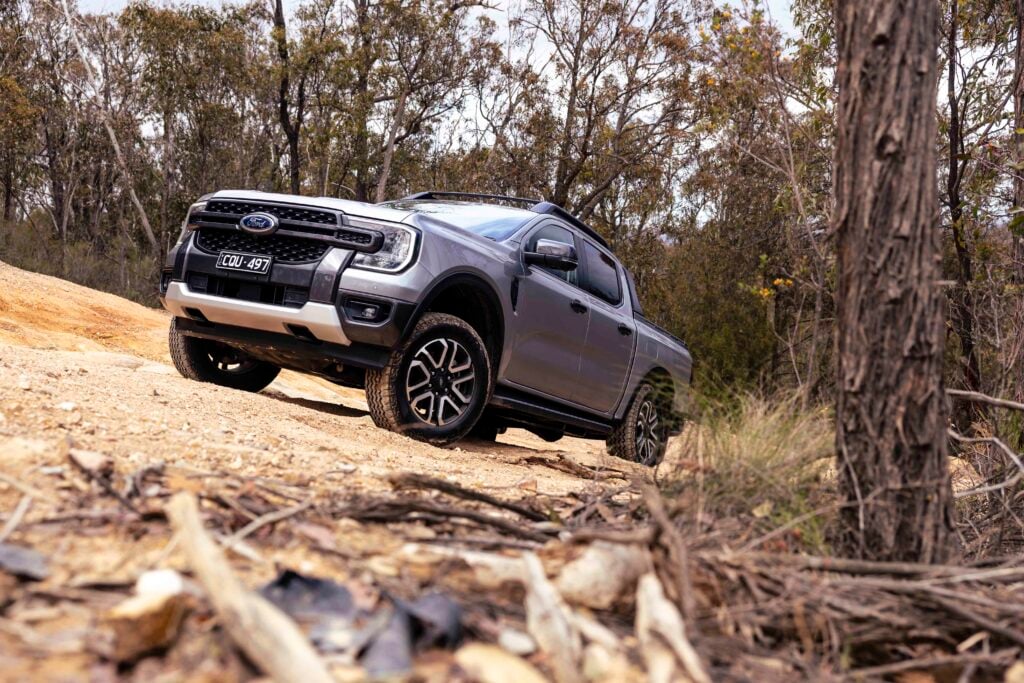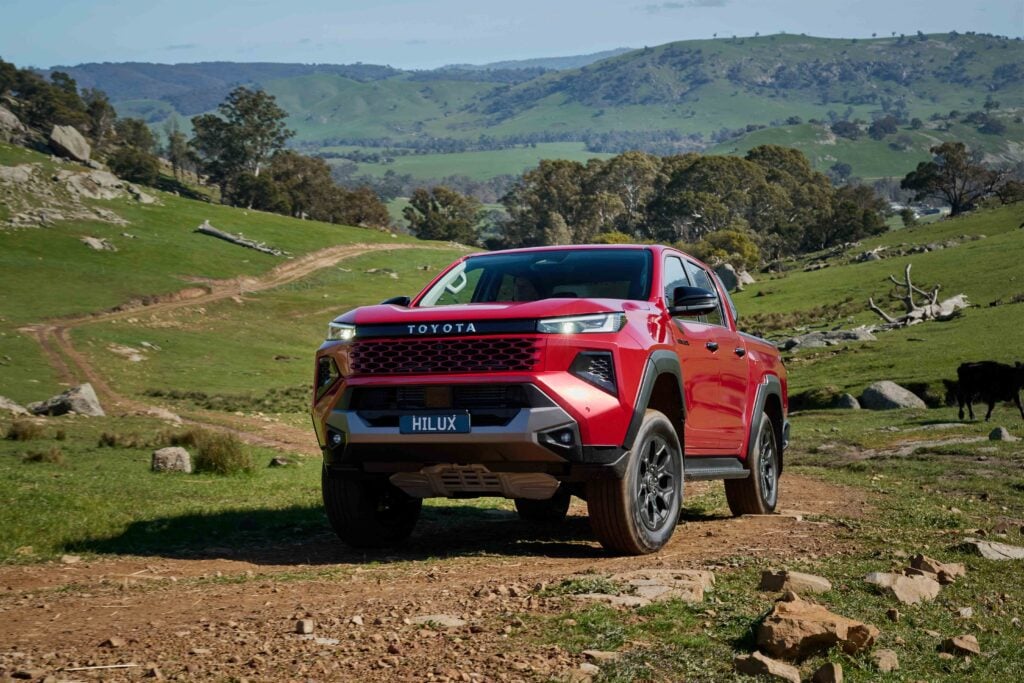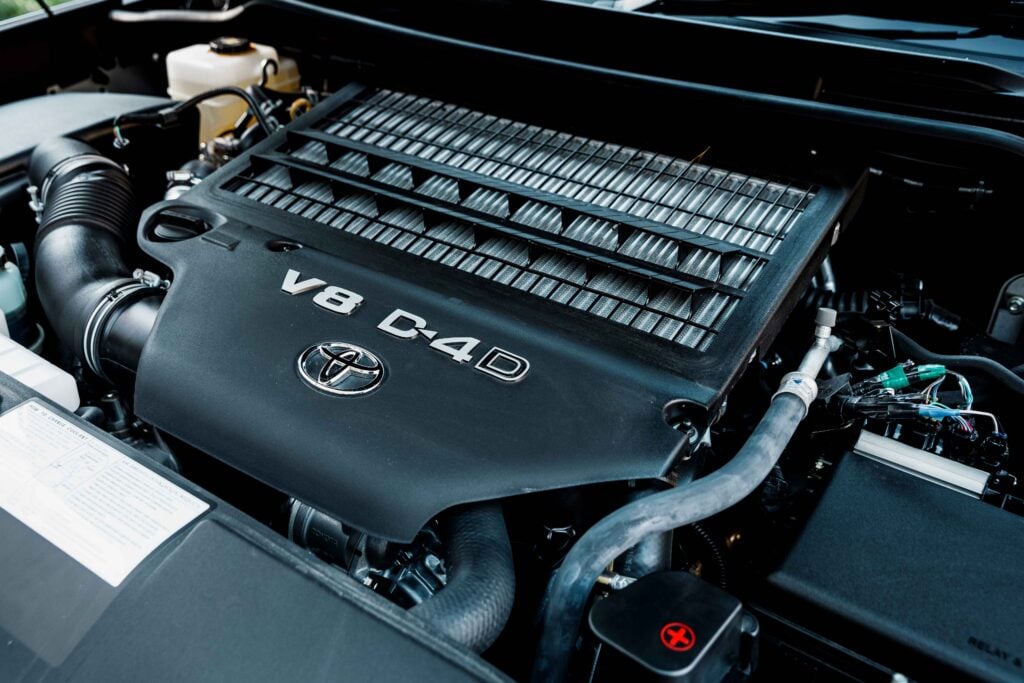If it’s flooded… forget it.
That’s the catch-cry across Australia whenever rain falls and creeks flood. It’s a simple, clear message meant to keep people safe when water covers city streets or country roads. But I’m not a great lover of it. Why? Because it’s too bloody simple and all-encompassing.
I’ve previously received flack on Facebook for posts showing the Stuart Highway cut by floodwaters and vehicles filmed passing through the flooded section.
“What happened to ‘if it’s flooded, forget it’?” keyboard warriors railed. Others got personal, saying with my vast experience I should know better and was setting a bad example. One comment, which alarmed me, claimed that just a few inches of water could sweep a vehicle off the road. Geez, the water would have to be flowing bloody fast and you’d need a light, low-slung vehicle with hardly any ground clearance for that to happen.
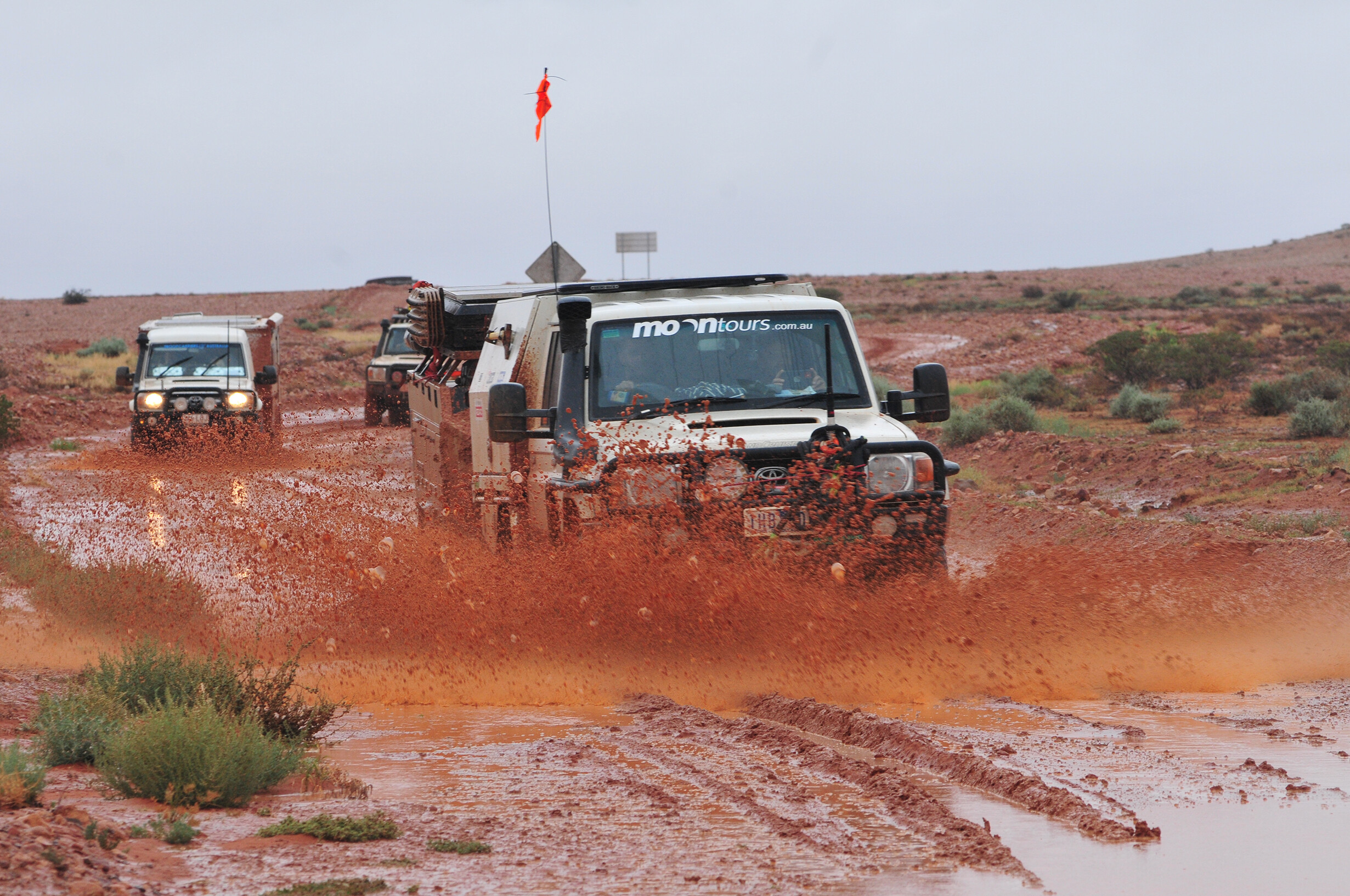
The video that drew criticism showed a convoy of trucks and four-wheel drives crossing a flooded section of the Stuart. As I pointed out to those who hadn’t read the article, police had checked the road and approved the convoy to cross.
Yes, the water was flowing, but hardly at breakneck speed – and it was about 30cm deep at the time. Police had obviously checked to ensure there were no washed-out sections under the water before allowing the convoy through. And if you were in a normal low-slung car, you were obliged to stay put. The fact that police okayed the crossing brought more online criticism, with some saying, “So the police don’t practice what they preach!”
Dear Lord, give me strength! Could some people really be that bloody stupid, or are they just stirring the pot? Either way, it shows a lack of knowledge about 4WD driving, outback conditions, and crossing flooded roads.
I recall being in the Ashburton region of Western Australia, caught in monsoonal rains and flooding streams and tracks. We dodged around trying to escape the mess, then gave up and waited while the tracks dried and the creeks dropped. We didn’t see a soul during that time — no surprise given the state of the roads and moving water.
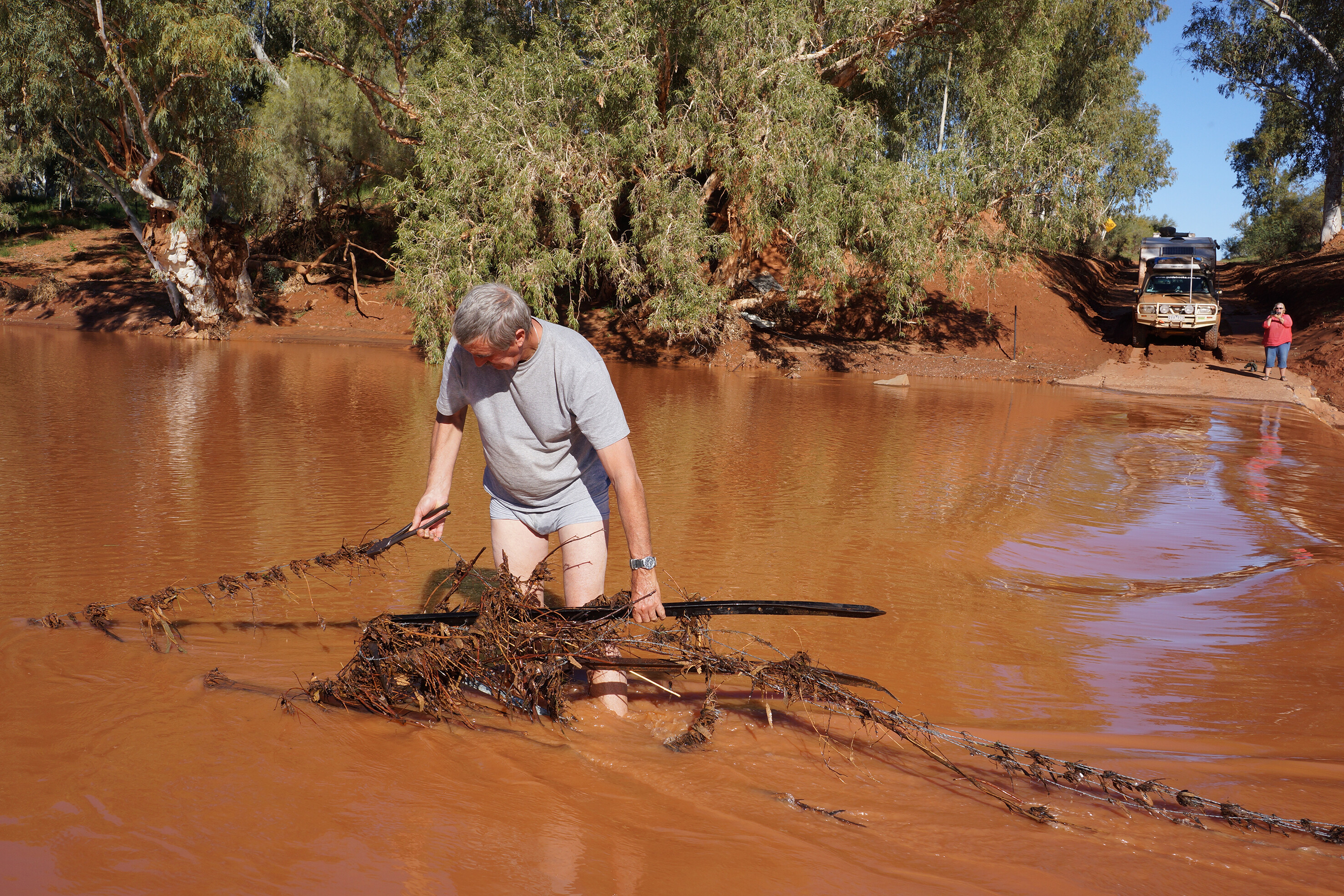
When we reached the Ashburton River crossing, still flowing strongly but shallow over its concrete causeway, we walked the route first to check that nothing had been washed away – but what we found was unexpected.
A barbed wire fence, complete with star pickets, had been washed downstream and tangled underwater in the centre of the river, out of sight. With pliers and some mucking about, we cleared the wire and pickets from the road, then crossed easily once the causeway was clear.
So, if you come across a flooded road crossing, check the water and make sure the surface beneath is intact and free of obstructions like barbed wire or star pickets. If the water is too deep – say, up to your thighs – and flowing quickly enough to make you lose footing, don’t even think about crossing in a 4WD. Turn around, go back, or wait for the stream to drop.
And if you’re in doubt about your vehicle’s capability or your skill level – remember, if it’s flooded, forget.
We recommend
-
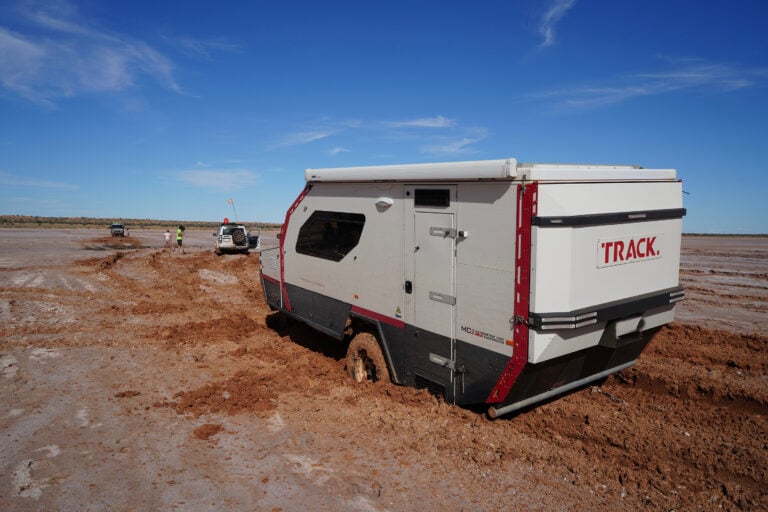 Opinion
OpinionThe problem isn’t always the trailer – sometimes it’s the muppet towing it
If you plan on towing cross country, then it’s best to learn the basics first
-
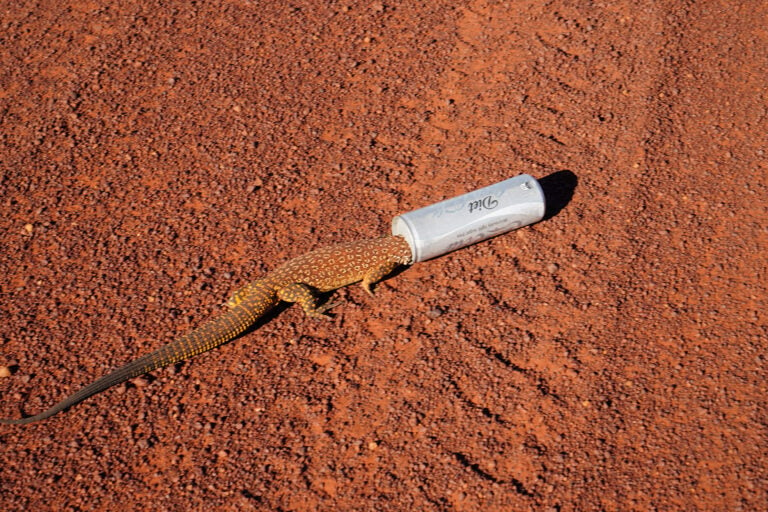 Opinion
OpinionOne empty can almost killed a native animal – don’t be that person
Lucky lizard lives to see another day, but many aren't so lucky
-
 Opinion
OpinionDon’t blame local councils for banning 4x4 vehicles – here's why tightening beach access could be a good thing
As more councils tighten 4x4 beach access, sensible regulation could protect both the environment and recreational users


